Behind every business is a dream. Countless businesses of every size have strived to take control of their brand. They want to control the message — the brand experience — as it reaches customers. In this arena, the businesses that have had control over their own media have often been those achieving the most success. They control blogs, podcasts, videos, and comprehensive social media.
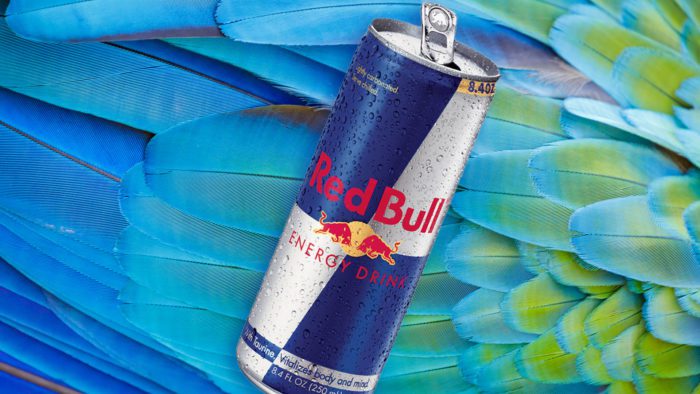
These are businesses that drive their content 100%, from print to TV, blogs to podcasts, and much more. This content comes together to shape the story of their brand. It’s a complete story, with real people and experiences. It’s people-focused marketing. It’s marketing that energy-drink giant Red Bull has down to a science. Red Bull’s marketing proves that the people — your brand’s audience — are everything.
In the Beginning
In 1982, Austrian entrepreneur Dietrich Mateschitz was on a business trip in Thailand. While in the country, Mateschitz met with local businessman and fellow entrepreneur Chaleo Yoovidhya.
During their meeting, Yoovidhya introduced Mateschitz to a drink called Krating Daeng, which translates from Thai to “red guar” — a guar being a variety of Indian bison, native to South Asia.
Mateschitz loved the drink and knew it had winning potential in Europe. Working closely with Yoovidhya, whose company had developed Krating Daeng, Mateschitz brought the drink to the West. The rest, you could say, is history.
But before you hop on a plane to a foreign country, remember that the explosive growth of the company that would become Red Bull isn’t that simple. In creating the Red Bull brand, the company skipped the traditional forms of advertising and decided to do something extreme.
Finding Its Niche
It wasn’t long after the drink was introduced to Europe that Red Bull went after its target demographic hard — 18- to 34-year-old males. The company established itself in racing circuits, football clubs, and in a number of extreme sports. It sponsored events and bought teams and franchises.
At events, the company handed out free drinks like crazy, along with mountains of merchandise covered in Red Bull logos. It didn’t just advertise — it created the ultimate brand experience.
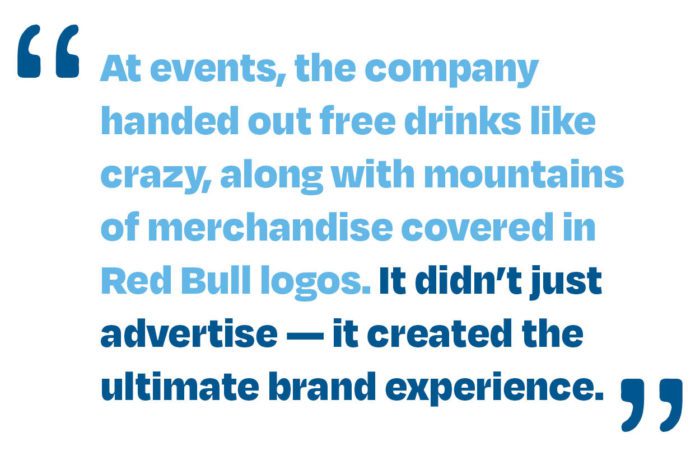
The company aggressively established its brand image — an image that is as strong today as it ever was. While Red Bull did have ads on TV, on the radio, and in print, they were minor blips on the radar next to the company’s other endeavors. Not only did it quickly and effectively cultivate brand loyalty, but it also earned the respect of countless fans around the globe.
The company didn’t just sponsor events and sports teams because it wanted to plaster the logo everywhere (which it did). The company took the sports seriously, it took the people involved with those sports seriously, and it took the fans seriously. Red Bull lived the brand it had created and brought its customers into the brand story.
The first (and probably greatest) example of this is the first sporting event Red Bull sponsored. It knew its customers weren’t interested in soccer moms looking for a boost before the school drop-off but hardcore athletes who needed caffeine to push their bodies to their physical limits. So, naturally, the first event Red Bull sponsored was the Dolomitenmann, otherwise known as “the toughest team contest under the sun.” This event consists of mountain running, paragliding, mountain biking, and wildwater kayaking. Yes, you read that right; this is exactly how the Red Bull brand image was built. It wanted its brand to be interesting to its young male demographic but also a symbol of what Red Bull can offer. By drinking Red Bull, you don’t just tap into the potential to run a mile, but you can paraglide or run up a mountain. If Red Bull is good enough for the toughest competitors in the world, it’s good enough for you too.
The Red Bull brand image works so well with its niche because its goal isn’t just to sell its drinks but to sell an idea. It targets events, ideas, concepts, and content that tells a story of who their demographic can become. It knows its audience is already active and looking to push further and further with the help of a stimulant like caffeine. Red Bull knows the best places to find these customers are not always behind TV screens or targeted ads on social media, but out doing crazy stunts or exciting events like music festivals and sporting events. So, that’s where you’ll find them.
He Who Controls The Image Controls The Brand
Red Bull has an astonishing level of control over its image. It’s a level of control other brands would love to have.
In 2007, the company founded the Red Bull Media House. Through this spin-off, the parent company produces a dizzying array of content, including TV programs, movies, documentaries, online videos, magazines, and more. Red Bull knows what its fans love, and the company actively makes itself a part of that.
It also knows what its fans want more of and offers experiences that keep the Red Bull brand image alive and evolving for every corner of its niche. One example is the Wings for Life event, which isn’t about being extreme and dangerous but helping others reach new heights. The Wings for Life World Run event is unique, as it only has one objective, which is to donate 100% of the race fees to spinal cord research so people with spinal cord injuries resulting in paralysis can one day move again. This event takes place in May annually, and the goal is for participants to simply run as far as they can for 30 minutes. There is no finish line; instead, there’s a “Catcher Car” that begins driving 30 minutes after the race starts. Anyone in the world can participate by using an app (with its own virtual Catcher Car) or attending an in-person location. After the car dispatches, it will begin to pass participants, driving faster and faster the further it goes. Once the car passes you, you’ve completed the race! This gives people who are disabled or wheelchair-bound an opportunity to push themselves on their own terms.
With this event, the Red Bull brand image shows that it’s here to meet you wherever you are in your journey. If you aren’t able to participate in the extreme sports Red Bull knows you love, it’ll help you find a way to use your wings to fly as high as possible.
Red Bull is a full brand experience. The company has transcended the blue and silver can to become nothing short of a media empire. And yet, the company hasn’t forgotten where it came from.
The drink remains the core of the company and a profit center. Every year, Red Bull sells billions of cans of the energy drink in over 167 countries. In 2014, the company pulled in nearly $5.7 billion in revenue.
Building this drink and media empire wasn’t easy, but Red Bull knew what it wanted and who it wanted to target. Then, the company went for it with no hesitation. Right out of the door, it embodied the brand it would eventually become. Risky? Absolutely. But it paid off.
It’s Your Turn
Taking control of your brand is about knowing what you want and who you want. While you may not be in a position to own a “media empire,” you still have access to a diverse array of media — all of which you can utilize to enhance your brand image and experience. Here are a few ways you can get started.
Find What Your Demographic Loves
Red Bull doesn’t just advertise how great the drinks are; it specifically targets what we call a psychographic.
A psychographic is the things the people in your niche think about, worry about, are interested in, and are defined by. It’s not hard data such as “women ages 40-75” but instead something like “people who worry about how they appear to others” or “individuals who are interested in having children later in life.” This information is much more specific and allows you to target exactly what a potential customer might want in a product or service.
Going back to Red Bull, it understood its demographic was certainly men ages 18 to 34, but what are men in that age range interested in? What occupies their time? And more specifically, what are things they are interested in that would benefit from an energy drink? The Red Bull brand image is built around these psychographics, and the company is not afraid to drill down into specific interests.
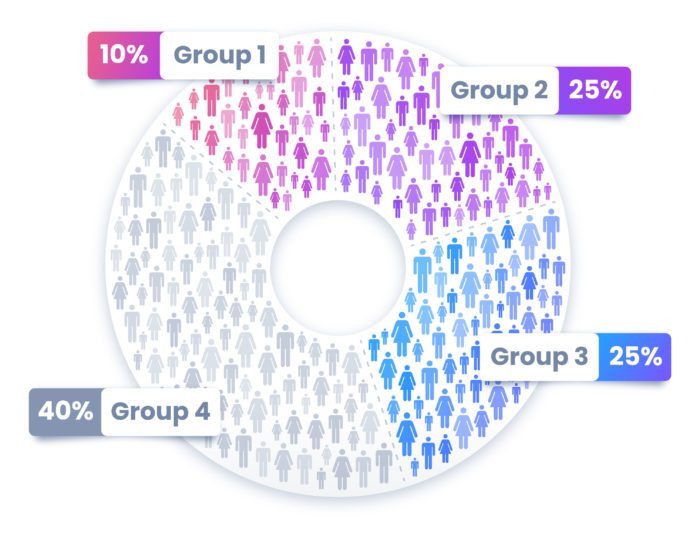
So, for your company, think about what keeps your customers up at night or occupies their brains and free time. Once you figure that out, target your marketing efforts there. Consider making videos on social media about these psychographics or look for local events to sponsor that match. Make your brand something people think about when they’re doing something they love or can rely on when they need help.
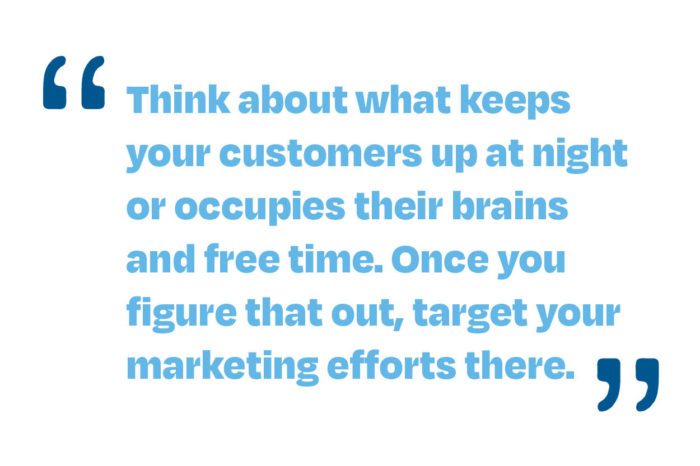
Use Your Brand’s Values As Its Guide
Red Bull doesn’t show up to events or make commercials because its main goal is to make a buck. While it has made many bucks, every step it takes is to help its customers do more. Whether that’s more racing, climbing, dancing, or just being able to walk, Red Bull’s guiding value is to “give wings to people and ideas.” That’s why you never see a Red Bull ad with a sweating can and voice actress listing the proprietary ingredients. You see an ad with someone pushing boundaries — because that’s what they value.
What does your company stand for? Does your brand value family and togetherness? Or innovation and technology? Whatever it is, use your values to guide your marketing decisions. Your content should always align with your values and uphold the ethics and mission you stand for. Doing this makes your brand authentic and builds trust with your audience. So when they need your product or service, you’re the only company they would ever call.
Make Content That Fits With Your Niche’s Interests — Not Just Yours
When it comes to content, think blogs (and other online media), print media (newsletters), and social media (Facebook, LinkedIn, Twitter, Instagram). These tools come together to give you the power to control your brand, immerse yourself in the story with your fans (your clients or customers), and deliver an unforgettable brand experience.
But what should your content even be about?
If you’re Red Bull, your content is always about something your niche would find interesting, whether it came from you or not. That’s why the Red Bull brand image became so successful. If someone saw Red Bull’s content scrolling through social media, watching TV, or listening to music, they’d like it because it isn’t a flashy ad — it’s real. It’s fun, exciting, scary, moving, and fast-paced. It’s them!
So, for your blog posts, newsletters, and social media accounts, don’t worry so much about making content that outlines every fact about your product. While this information is certainly helpful, and may be a good idea for your website, use your content as a way to engage your audience. You want your content to be something they would want to show their friends, not necessarily because of the product itself, but because what you’re putting out is meaningful to them and adds value to their lives.
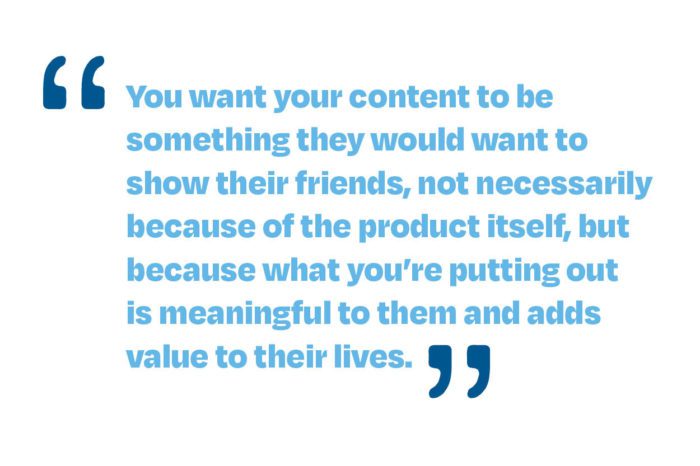
If you’re ready to give your content marketing strategy wings, we have the perfect tool for you. Our Content Marketing Guide is full of expert tips, tricks, and strategies to boost your content engagement levels, Red Bull style. You can fill out the form below to download your free copy, with no strings attached.

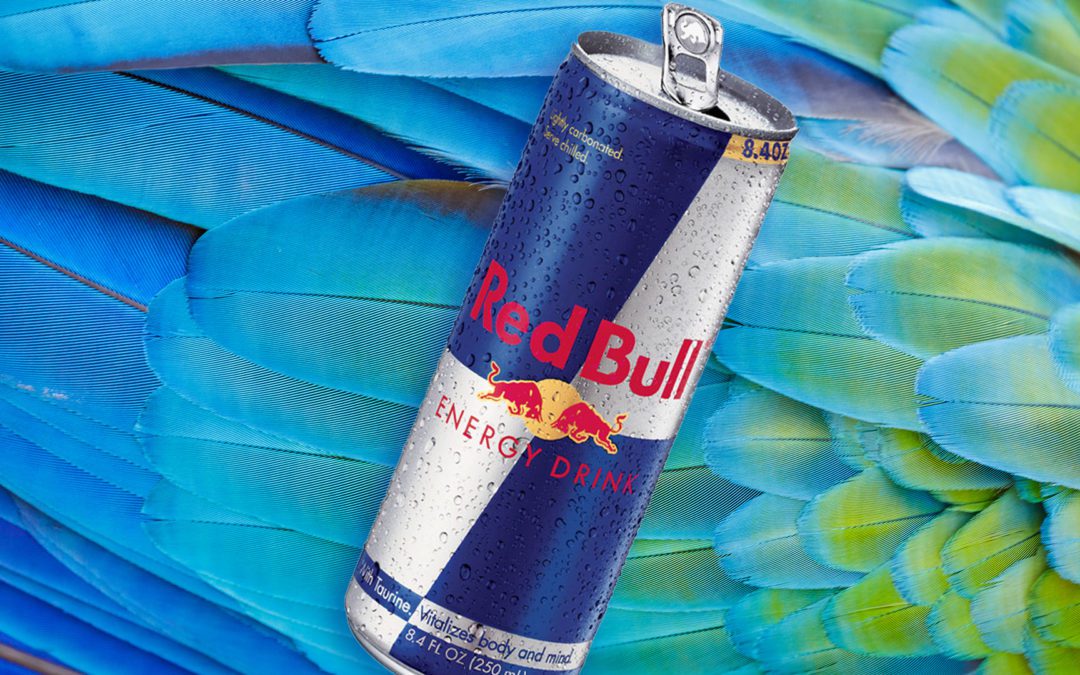

It’s like you read my mind! You seem to know so much about this,
like you wrote the book in it or something. I think that you can do with some pics to drive the
message home a little bit, but other than that, this is wonderful blog.
An excellent read. I’ll certainly be back.
Howdy his is somewhat of off topic buut I was wondering
if blogss use WYSIWYG editors or if you have to manually code with HTML.
I’m starting a blog soon but have no coding skills so I
wanted to get advice from someone with experience. Any help would be greatly appreciated! http://boyarka-inform.com/